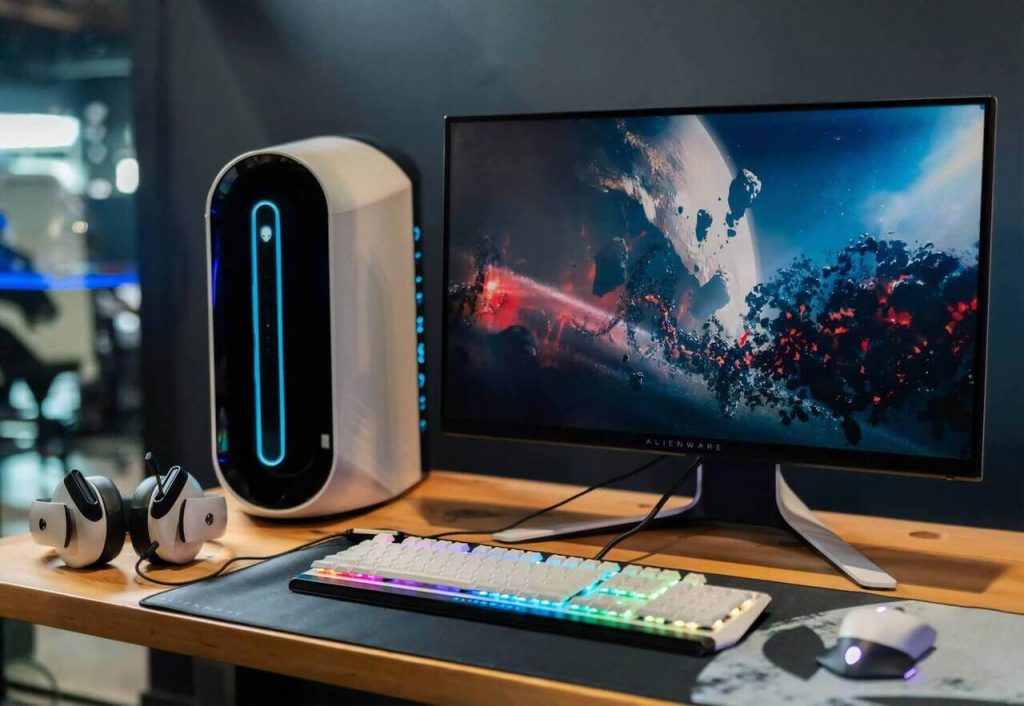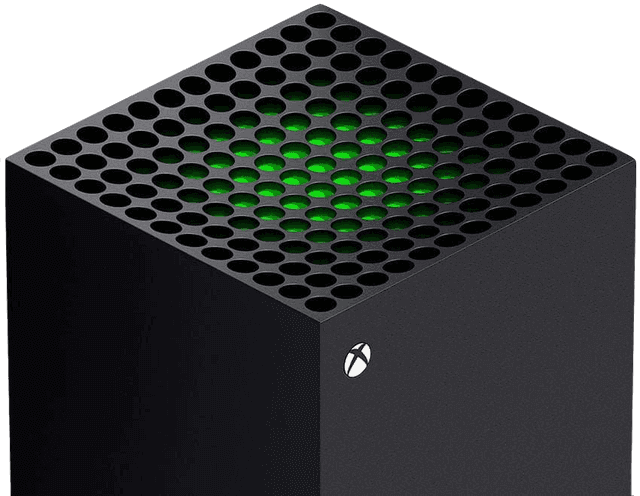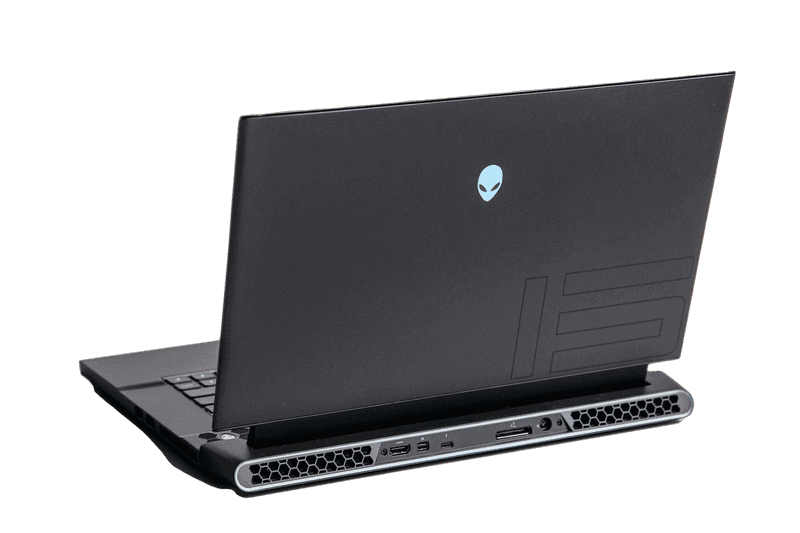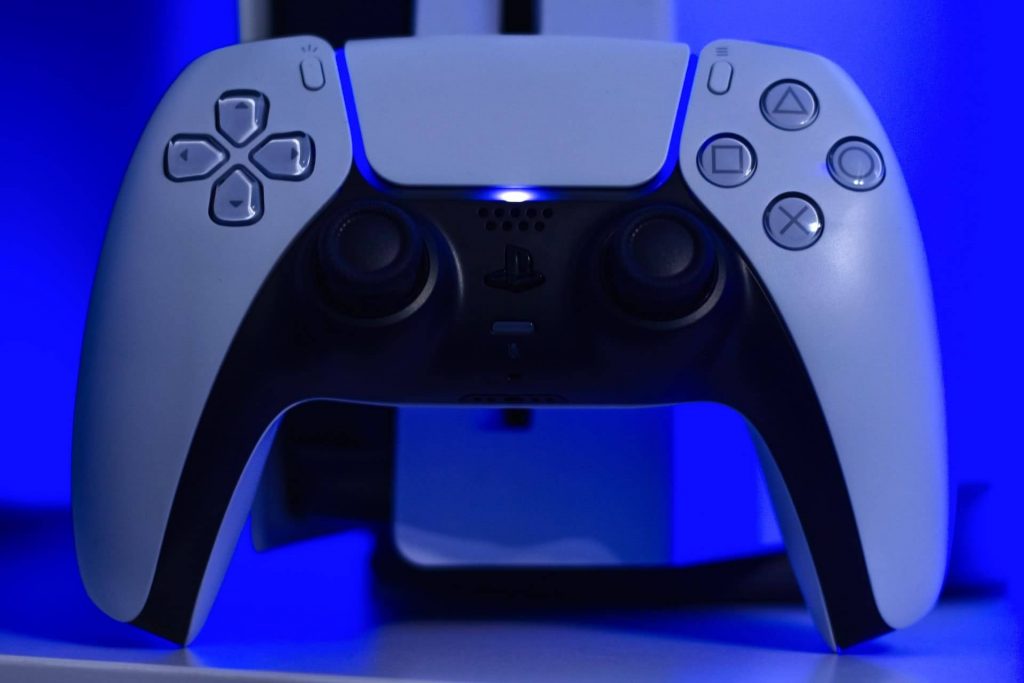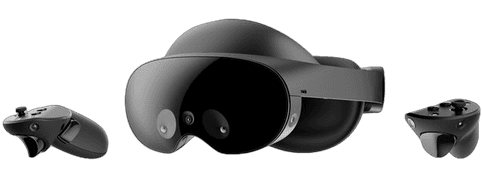Sell Your VR Headset
Sell VR headset today using our quick easy quote system and get Your cash in 48hrs. We are rated as excellent and are proud of our no quibble cash for tech system. We offer a Hassle free collection service with our secure courier service. ConsoleTradeIn will help you to sell your VR headset. Check out information about how to sell Oculus VR Headset on Sell Oculus VR Headset page.


As easy as that
We collect, we test your item and you get paid within just 48 hours
Summary
VR Headsets & ConsoleTradeIn
ConsoleTradeIn specialises in gaming devices and VR Headsets. Here you can find out detailed information about different VR Headset models.
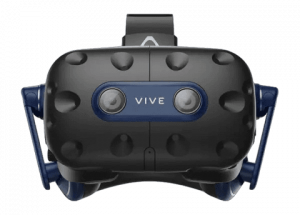
History
More about Virtual Reality Headsets
There are many companies that manufacture VR Headsets. Every product has its pros and cons in terms of technical specifications. See a quick summary on some of the options here or proceed to our quote system to get an estimate for your device.
Visit Quote page and sell VR Headset to us.
Oculus Rift
The Consumer model of Oculus Rift was released in 2016 and features per-eye displays running at 90 Hz with 1080×1200 resolution, a higher combined resolution than the previous model DK2, released primarily for VR developers only, 360o positional tracking, integrated audio, a vastly increased positional tracking volume, and a heavy focus on consumer ergonomics and aesthetics. Special motion sensor controllers called Oculus Touch were released for use with the Oculus Rift late 2016, they are fully tracked and represented in the 3D world and can recognise and visualize finger and hand gestures within the virtual world. As well as gaming, the Oculus Rift includes other media features such the Oculus Cinema which put the user in a virtual cinema to watch conventional movies and videos. Furthermore, several users can view the same movie in the same virtual space, being displayed by other users as an avatar.
Samsung Gear VR
The Samsung Gear VR headset was released in November 2015, was manufactured by Samsung in conjunction with Oculus. It is a headset that incorporates the users compatible Samsung Galaxy device: Galaxy Note 5, Galaxy S6/S6 Edge/S6 Edge+, or Galaxy S7/S7 Edge. The Samsung device acts as the display and processor for the headset. The VR headset acts as the controller and offers a high field of view and movement tracking. The headset is designed as a low cost gateway for users to get an introduction to VR.
HTC Vive
The HTC Vive was developed as a collaboration between HTC and Valve Corporation. It was released in April 2016 and utilizes SteamVR which natively supports Unity on the Vive Platform. As with the Oculus Rift, The HTC Vive has per-eye displays running at 90 Hz with a 1080×1200 resolution. A large emphasis on open development, made possible through Valve’s development program, OpenVR Software Development Kit which is an open source VR project.
PlayStation VR
Released October 2016 by Sony, the PlayStation VR was designed to be fully functional with the PlayStation 4 and works with either the DualShock 4 Controller or the PlayStation Move controller. One feature that the PlayStation VR offers to users it that it outputs an un-warped image to the TV simultaneously so that other players can see what the VR user sees in real time or view their own point of view in a multiplayer competitive/cooperative setting.
Benefits
Why sell VR Headset to us?
Get cash for your VR Headset fast. Once your headset arrives, we will test it and send your money fast. Most payments are done within 48Hrs so you can sit back and relax.

Home Courier Collection

48 hr turn around time

Immediate payment by bank transfer or Paypal
Fast Payment
After the assessment of your item. Payment will be made to you after 48hrs via Bank Transfer or PayPal.
100% Data Protection
ConsoleTradeIn is a subsidiary of the ILS group. We specialise in handling redundant electronics and the security of any data contained from small businesses to large scale high security industry leaders. We operate to data protection legislation standards when we disk wipe your item and completely remove all personal information stored on your item.
Trusted
Our primary goal is 100% customer satisfaction with our services. Should we fall short of your expectations in any way, we will return your item to you free-of-charge via next-day courier.
Payment, Safety and Security
We pride ourselves on offering complete security for the customer. Your prized gaming machine will be collected with a secure box from your location and be fully insured. Accidents do happen but you are covered for the value of your item. Our site is secured with 256 SSL encryption so your personal details are secure
ConsoleTradeIn vs Private Selling
I am guessing you have a VR item that you want cash for as you have visited ConsoleTradeIn.
There are a few elements of our service that are worth considering if you are still thinking of selling VR device on a well-known web auction site.
- Firstly, speed. We will collect your VR Headset the next day that your quote is collected. Your item will be back to us the day after collection, we then test the item and within 48Hrs your cash will be transferred to your Bank or PayPal account, it’s easy.
- Home collection. Book your next day collection and our fully insured courier will arrive with a protective packing case. Selling privately can be a major bind with shipping, packing and the possible nightmare of there being a problem the collection from the person you have sold the VR Headset to with nothing more than a damaged item in the box.
- Fees. Our service is fully free! No charges for collection, should your VR Headset not meet the conditions that the quote has been generated for and you don’t like our assessment then we will return your item free of charge the next day. It’s fair and it’s FREE, no hidden charges.
- You don’t have to deal with the Public! No complaints, fraud or shipping damage claims, sit back and let ConsoleTradeIn take the stress.
Get your quote today and get your cash quick without hassle. If you will sell your VR Headset to us, it would be the right decision for you, your time and your wallet! We can help you and you can help us. Win-win?!
Factory Reset
Preparing your VR Headset for Sale
To sell Oculus, HTC VR, PS VR or other VR Headsets you must factory reset your Headset. These 3 steps might slightly differ depending on your device model, but it’s all similar in general.
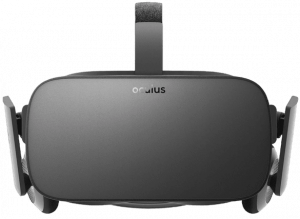
1. Enter USB Update Mode Menu
Press and hold the power and volume down buttons. Wait until it turns on.
3. Confirm Factory Reset
Use volume buttons to select “Yes, erase and factory reset” option. Press the power button to initiate the reset. Wait until the process is over.
2. Select Factory Reset from the Menu
Use the volume buttons and scroll to the Factory Reset option. Press the power button to select it.
Featured Products
Here is the list of the products that we buy. Use left-right arrows to navigate. We are here to help you to sell your old, unwanted or broken device.
Sell VR Headset with ConsoleTradeIn!
